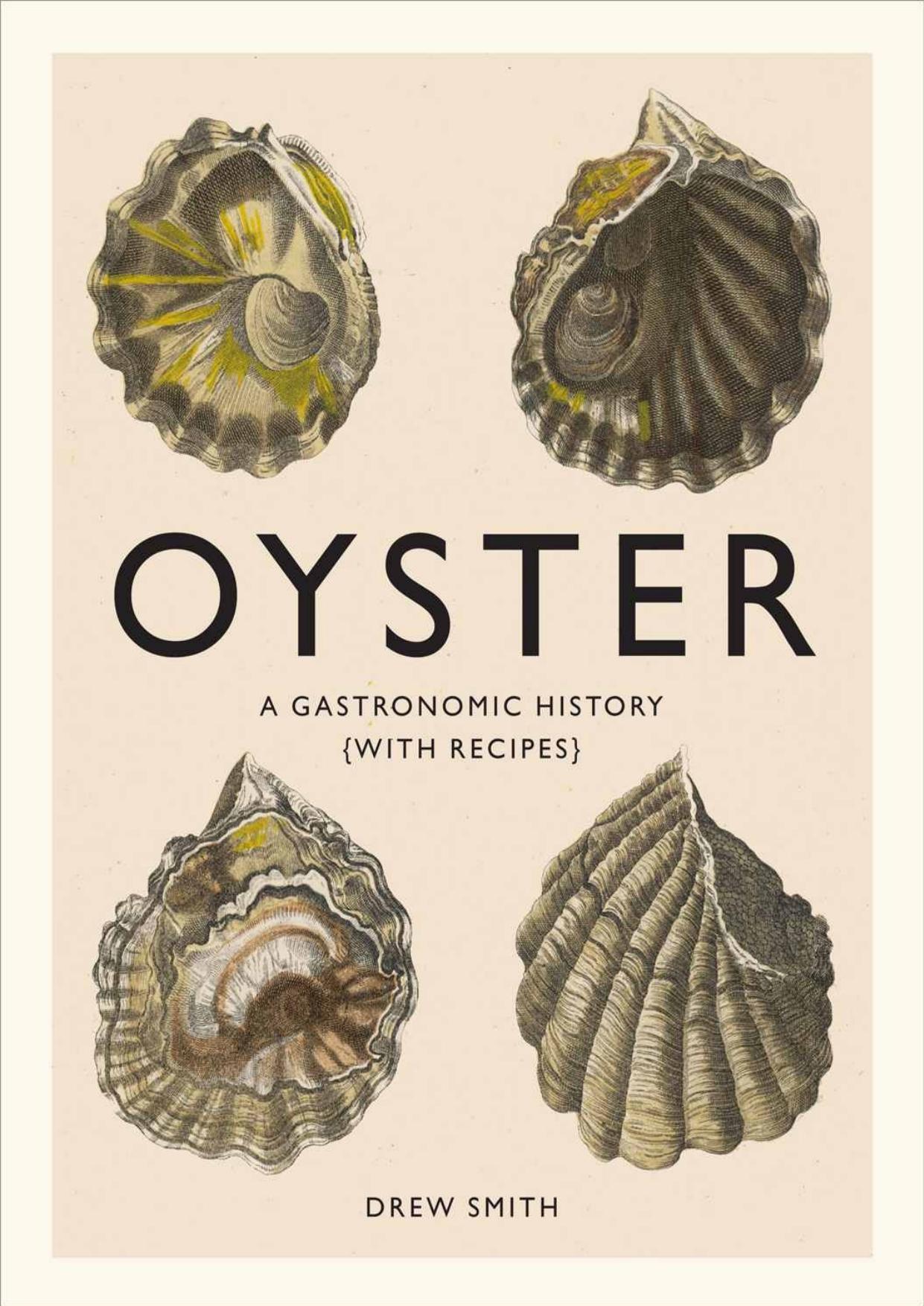Oyster: A Gastronomic History (with Recipes) by Drew Smith

Author:Drew Smith [Smith, Drew]
Language: eng
Format: azw3, epub, pdf
Publisher: Harry N. Abrams
Published: 2015-10-05T16:00:00+00:00
“Durst not trust them” sounds a fitting epitaph to the opening salvos between settler and Native American, if relationships were not fraught enough between white and brown, peasant and landed, big ship and canoe, pagan and Christian. Plus the Indian tribes themselves had their own political rivalries and agendas, so we have an American quilt made up of little patches of different-colored acrimonies.
HOW THE NATIVES SOLD NEW YORK
The Montauk sachem (paramount chief) of all Long Island, Chief Wyandanch, sold Gardiner’s Island, Suffolk County, New York, to one Lyon Gardiner in 1639. The Gardiner family’s descendants still hold that right to the land and live nearby, as do a few descendants of Wyandanch himself. The two struck up an unlikely but seemingly genuine friendship, although it was based on a bloody mutual interest and eventually the sachem would die as a result of it—poisoned by a political rival. Wyandanch was perhaps modern America’s first tragic hero.
The Montauk had the respect and status of bankers to the other tribes, using the shell from the estuary to make wampum to trade. The oyster beds at Montauk were their mint. The Pequots were known as the enforcers. The word in the shared Algonquin dialect means “destroyers.” They terrorized other tribes, including the Montauk. When the Dutch started trading furs c.1615, the Pequots demanded a monopoly and sent out raiding parties to steal furs and wampum and demand allegiance and ransom from the other tribes.
In a letter dated 1637, Roger Williams, who first settled the Providence Plantation in Rhode Island, wrote:
The Pequots are scarce of provision and therefore (as usual, so now especially) they are in some numbers come down to the seaside (and to islands by name Munnawtawkit and Manattuwond especially) to take sturgeon and other fish, as also to make new fields of corn in case the English should destroy their fields at home.
A visit from the Pequots was something to be feared. There is a good feel for the realities of early life in the notes Gardiner left. When he was ordered to go to war with the Pequot people he wrote back:
It is all very well for you to make war who are safe in Massachusetts Bay, but for myself and these few with me who have scarce holes to put our heads in, you will leave at the stake to be roasted. I have but 24 in all, men, women and children, and not food for them for two months, unless we save our cornfield which is two miles from home, and cannot possibly be reached if we are in war.
Download
Oyster: A Gastronomic History (with Recipes) by Drew Smith.epub
Oyster: A Gastronomic History (with Recipes) by Drew Smith.pdf
This site does not store any files on its server. We only index and link to content provided by other sites. Please contact the content providers to delete copyright contents if any and email us, we'll remove relevant links or contents immediately.
| Culinary Biographies | Essays |
| Food Industry | History |
| Reference |
For the Love of Europe by Rick Steves(3134)
The Sprouting Book by Ann Wigmore(3049)
BraveTart by Stella Parks(2967)
Better Homes and Gardens New Cookbook by Better Homes & Gardens(2949)
The Death of the Heart by Elizabeth Bowen(2896)
Salt, Fat, Acid, Heat: Mastering the Elements of Good Cooking by Nosrat Samin(2653)
Sauces by James Peterson(2586)
Classic by Mary Berry(2499)
Solo Food by Janneke Vreugdenhil(2489)
The Bread Bible by Rose Levy Beranbaum(2467)
Ottolenghi - The Cookbook by Yotam Ottolenghi(2353)
Martha Stewart's Baking Handbook by Martha Stewart(2328)
Kitchen confidential by Anthony Bourdain(2298)
Betty Crocker's Good and Easy Cook Book by Betty Crocker(2274)
Day by Elie Wiesel(2238)
Hot Sauce Nation by Denver Nicks(2103)
My Pantry by Alice Waters(2035)
The Plant Paradox by Dr. Steven R. Gundry M.D(2035)
The Kitchen Counter Cooking School by Kathleen Flinn(2009)
